Tobe
Editor's Column "Craft Production Regions" VOL.4 AD
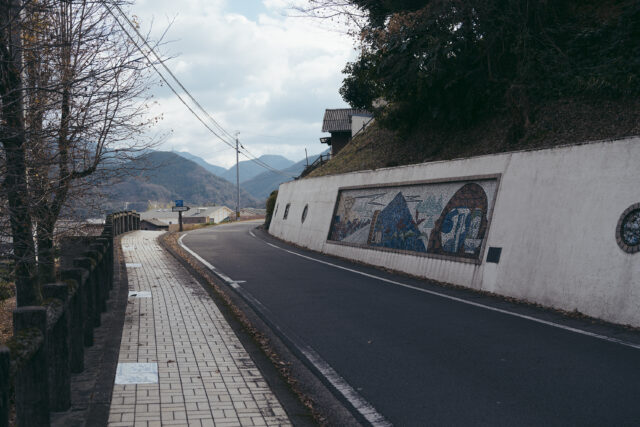

VOL.1-4
Update
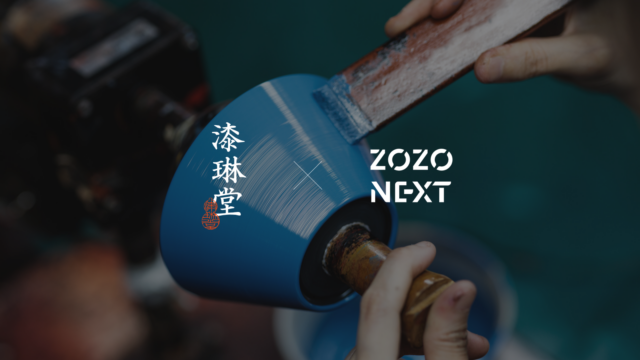
VOL.1-19
Update
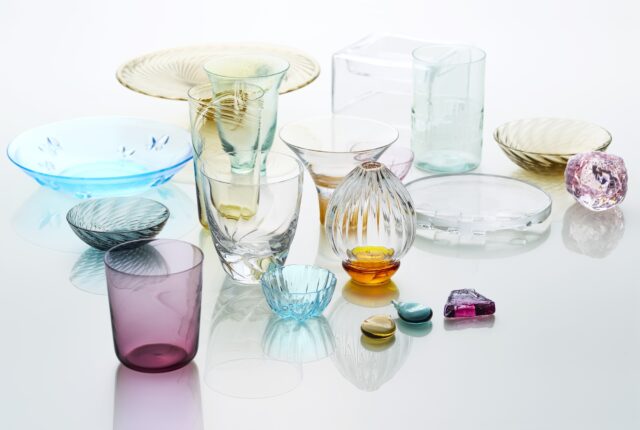
VOL.1-17
Update
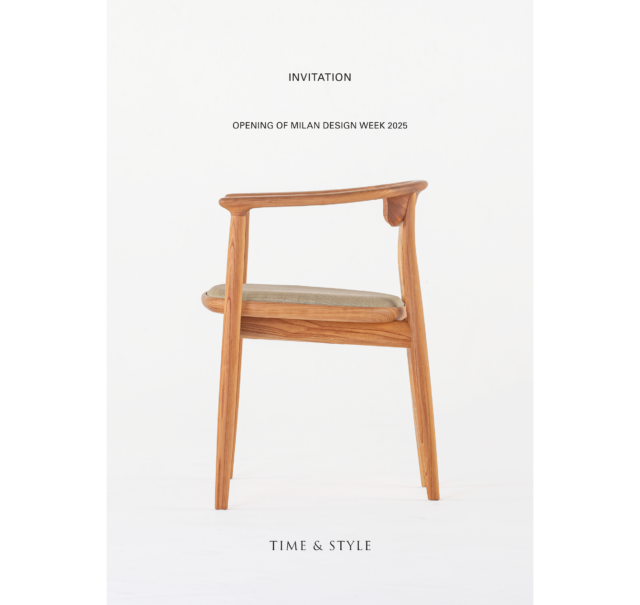
VOL.1-43
Update
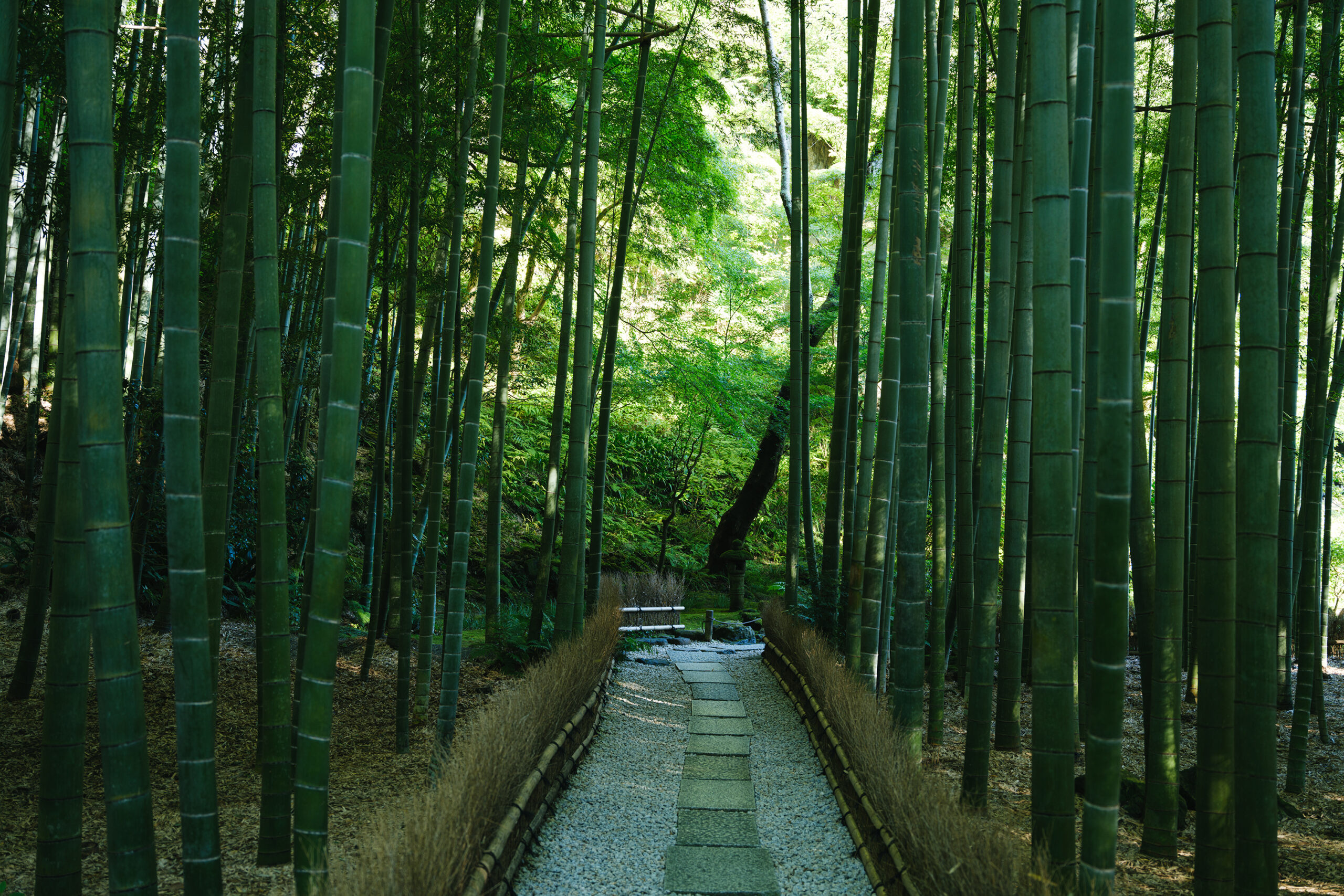
VOL.1-2
Update
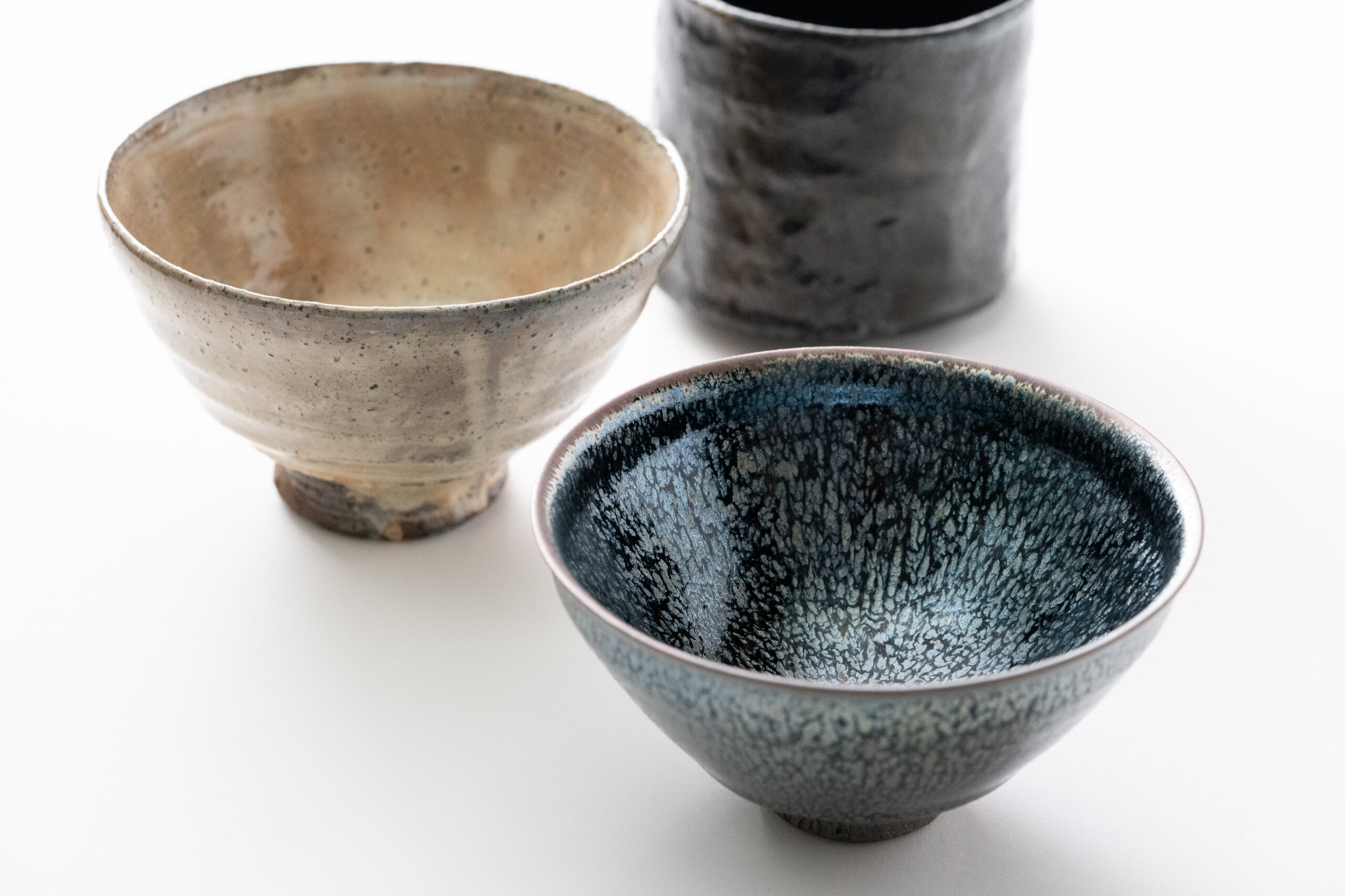
VOL.1-3
Update
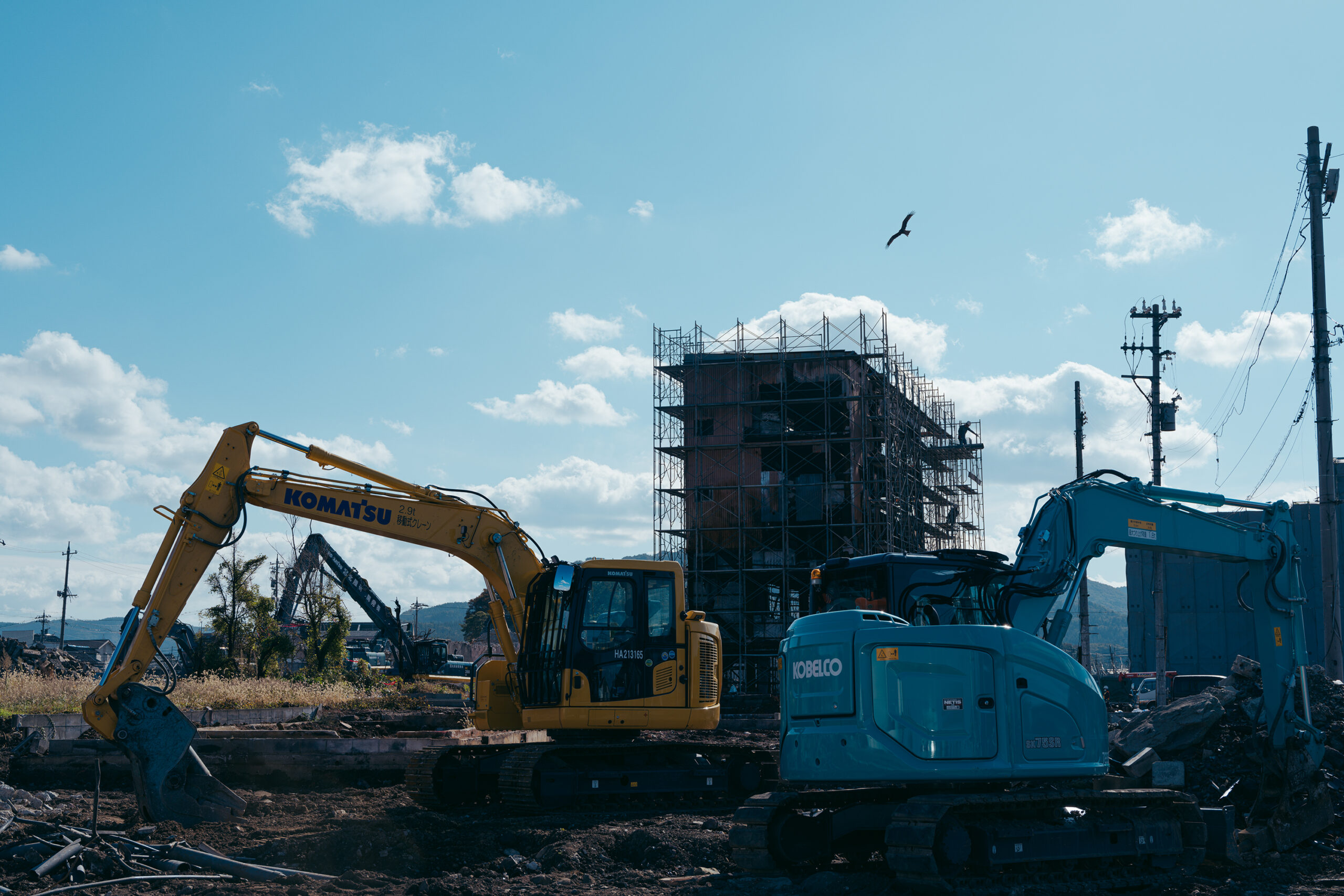
VOL.1
Update
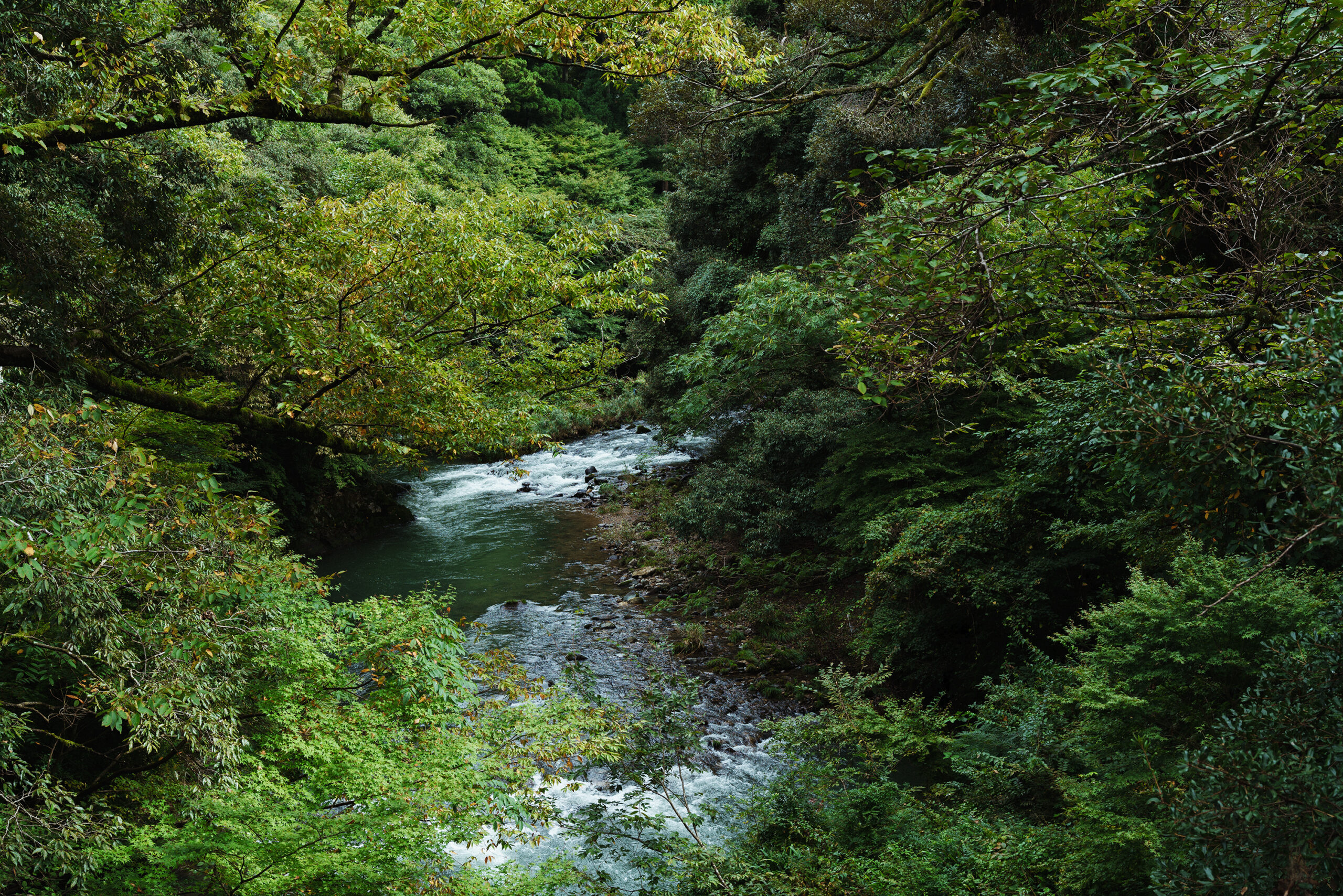
VOL.1-7
Update
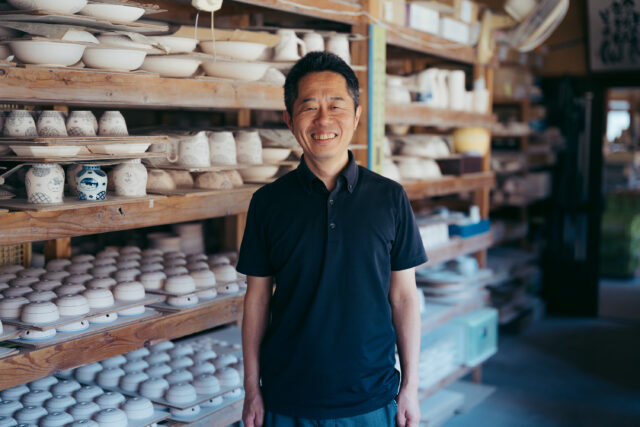
VOL.1-32
Update
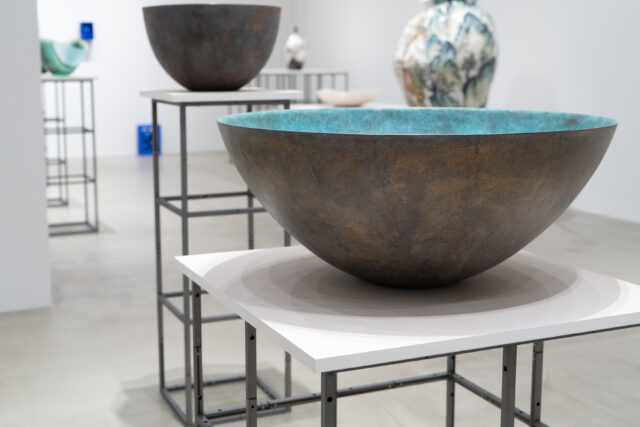
VOL.1-26
Update
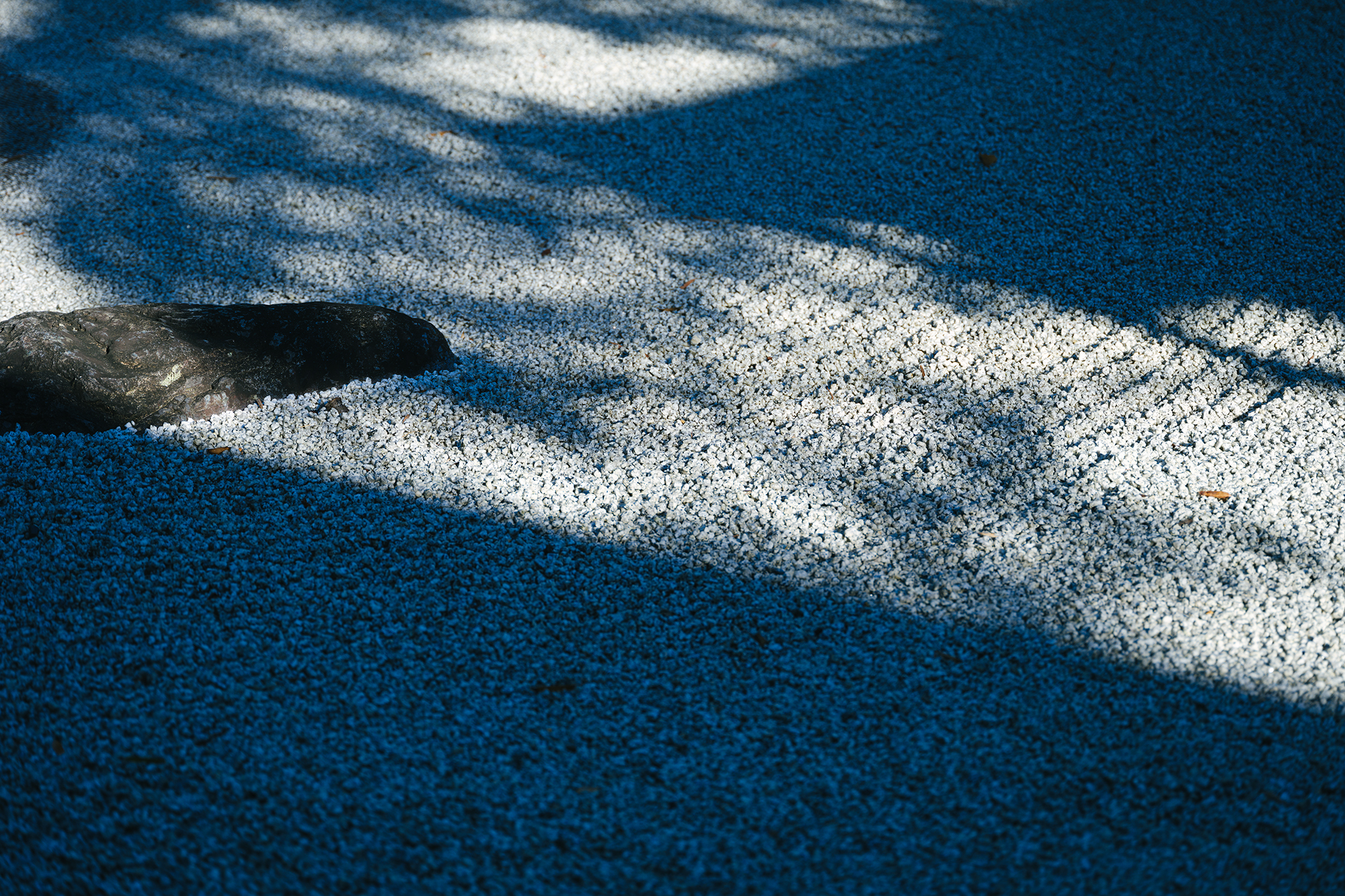
VOL.1-12
Update
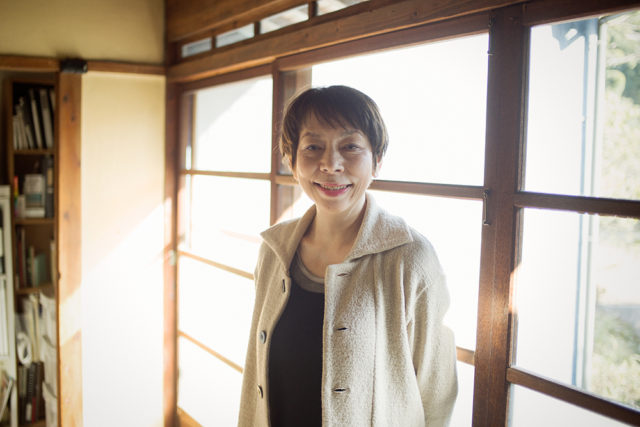
VOL.1
Update
We share a variety of information and perspectives on Japanese crafts, including exhibition information and interviews.
Editor's Column "Craft Production Regions" VOL.4 AD
KOGEI Topics VOL.19
New Products VOL.17
Featured Exhibitions & Events VOL.43
Apr 5 – Jun 22, 2025
SEIKADO BUNKO ART MUSEUM
Apr 19 – Nov 24, 2025
The Museum of Oriental Ceramics, Osaka
Kanagawa
Apr 19 – Apr 27, 2025
ink gallery
Tokyo
Apr 22 – Apr 27, 2025
KAKIDEN GALLERY

The production of porcelain in Japan began in the Edo period (1603-1868), and the town of Arita in Saga Prefecture is still famous as a major producer of this beautiful craft. Eijiro Tokunaga works as a thrower at Tokko Kiln, an Arita ware kiln founded in 1865, and at the same time, he creates earthenware as an independent artist.
“Ryumon” is the name of a rocky mountain located near Eijiro’s studio. This work, “Ryumon White Peak Matcha Bowl,” was inspired by the scenery of melting snow flowing down the rocky mountain. The glaze on the surface of the bowl is intricately mixed, and the wavering trails of white and blue are just like melting snow in spring. The black clay gives the impression of tightness, and the whole piece has a depth that is a mixture of warmth and coldness.
The originality that Eijiro has pursued while making earthenware in a region traditionally focused on porcelain production has led him to create a variety of glaze expressions. As a master thrower and an artist, the expressions he spins are infinitely expanding.